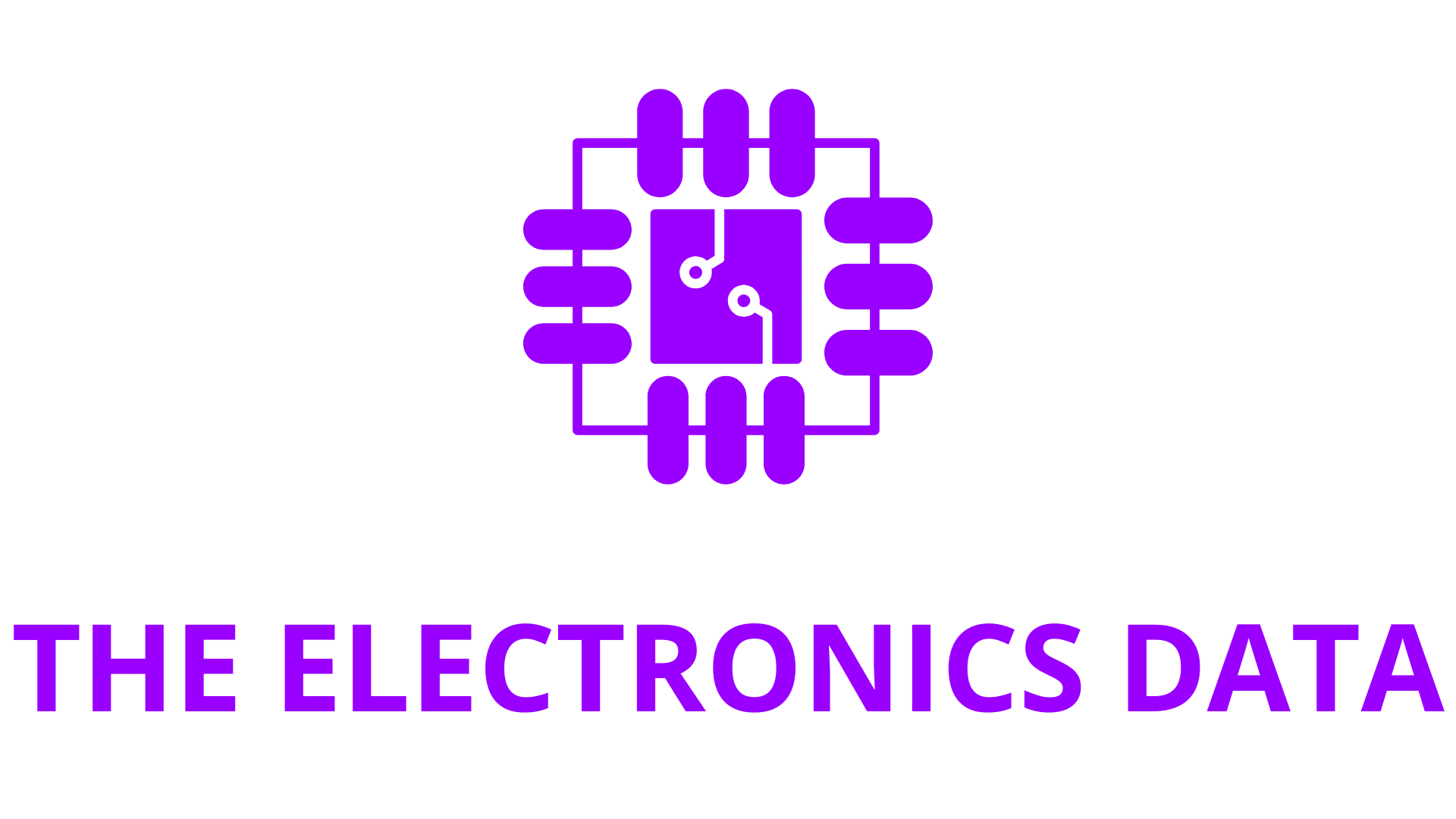Last year, telecom companies invested nearly $295 billion in capital expenditures and over $1 trillion in operating expenditures — much of which stemmed from the complex and labor-intensive processes required to manage and optimize networks. These networks demand continuous tuning of parameters for tasks such as transferring calls between networks or distributing traffic across multiple servers, depending on variables like time of day, user behavior, mobility, and traffic type. Such factors directly influence network performance, user experience, and energy consumption. To help telcos automate these processes and reduce costs, NVIDIA unveiled its first AI Blueprint for telco network configuration at GTC Paris. At the heart of this blueprint are customized large language models trained on telco network data, along with a full technical and operational framework to transform these models into autonomous, goal-driven AI agents for telecom operations.
NVIDIA AI Blueprints, available at build.nvidia.com, offer customizable AI workflow examples, including reference code, documentation, and deployment tools to help developers deliver business value using NVIDIA NIM microservices. The telco network configuration blueprint — developed with BubbleRAN 5G solutions and datasets — allows developers, network engineers, and telecom providers to optimize network parameter configurations using agentic AI. This shift can streamline operations, reduce costs, and enhance service quality by embedding continuous learning and adaptability into network infrastructure.
Historically, telcos have relied on manual or rules-based methods to manage network configurations, which limited their ability to adapt to rapidly changing conditions and contributed to higher operational complexity and costs. NVIDIA’s new blueprint moves the industry toward dynamic, AI-driven automation, empowering developers to build advanced AI agents that make real-time, intelligent decisions. These agents can autonomously balance competing demands — such as network speed versus interference or energy savings versus utilization — without human intervention.
The blueprint is trained on 5G data from BubbleRAN and deployed on the BubbleRAN 5G O-RAN platform. It guides telcos in setting optimal parameters to achieve specific performance goals, like maintaining a target bitrate while ensuring acceptable signal-to-noise ratios, which are critical for maintaining voice quality and user experience. With this AI-powered approach, network engineers can confidently configure initial parameters and adapt them as network conditions evolve. Norway-based Telenor Group, which serves over 200 million customers worldwide, is the first telecom provider to integrate this AI Blueprint. According to Knut Fjellheim, chief technology innovation officer at Telenor Maritime, “The blueprint is helping us address configuration challenges and enhance quality of service during network installation.” He noted that the initiative supports Telenor’s broader move toward automated, intelligent networks and follows the successful deployment of agentic AI for real-time network slicing in a private 5G maritime scena
